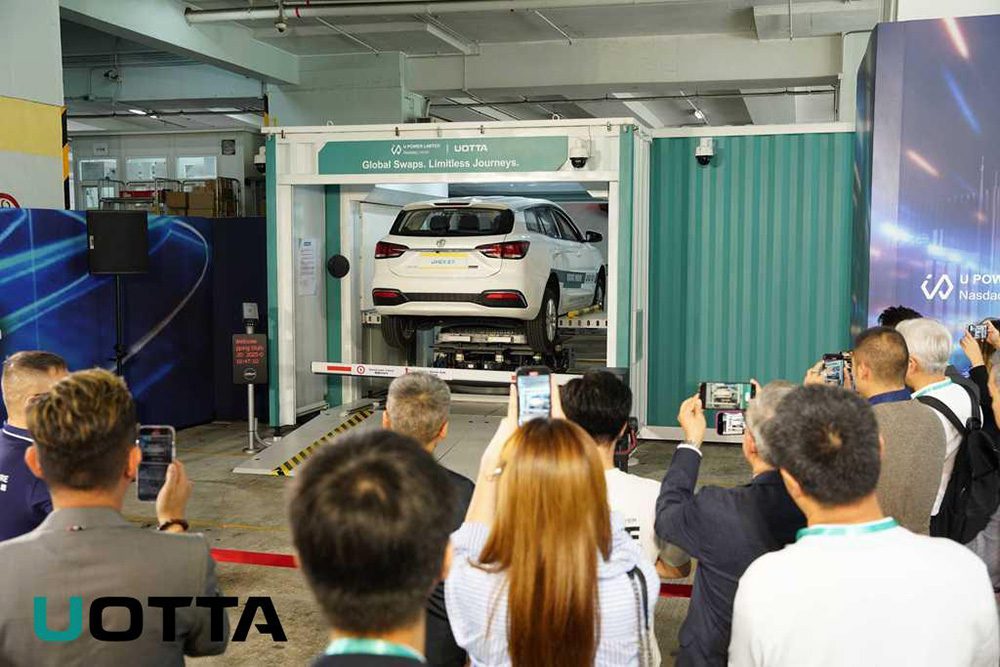A vehicle catching fire is no more newsworthy than a dog bite—unless of course it’s an EV that goes up in flames. Tesla, which suffered a spate of bad publicity following three highly-publicized vehicle fires in 2013, wants to set the record straight. In its 2020 Impact Report, the company presents data to demonstrate that ICE vehicles catch fire at a vastly higher rate than do Teslas.
In 2019, there were almost 190,000 vehicle fires in the US alone—only a tiny fraction of them involving EVs.
“From 2012 to 2020, there has been approximately one Tesla vehicle fire for every 205 million miles traveled,” Tesla tells us. “By comparison, data from the National Fire Protection Association (NFPA) and US Department of Transportation show that, in the US, there is one vehicle fire for every 19 million miles traveled.”
“In order to provide an apt comparison to NFPA data, Tesla’s data set includes instances of vehicle fires caused by structure fires, arson and other reasons unrelated to the vehicle, which account for some of the Tesla vehicle fires over this time period.”
Battery fires are rare, but they do happen—Chevrolet recently recalled 51,000 Bolt EVs after a few fires that appear to have been caused by defective battery modules. The laws of physics dictate that any medium that can store enough energy to drive a car—gasoline, a battery, or anything other than “distilled unicorn tears,” as one wag quipped back in 2013—can cause a fire if something goes wrong.
Tesla and other automakers go to great lengths to minimize fire risk when they design their battery packs. Tesla co-founder Marc Tarpenning told me back in 2013 that, when the Tesla team designed the Roadster, their efforts to ensure that its batteries were safe “verged on paranoia.” Tesla’s battery packs are designed so that each cell is isolated from its neighbors, so a single overheating cell won’t cause a chain reaction. They contain sensors that monitor acceleration, deceleration and tilting of the vehicle, in order to detect a crash, as well as sensors that detect smoke and overheating.
Will the risk of fires increase in the future, when there are large numbers of older EVs on the road? Following the release of Tesla’s data, some online commenters surmised that the majority of ICE fires probably occur in older, poorly maintained vehicles, and suggested that in order to get the whole story, we need to know the average age of vehicles that catch fire.
Fortunately, efforts to improve safety are ongoing. “We continue to improve our battery chemistry, cell structure, battery pack structure and vehicle passive safety in order to decrease fire risk to as close to zero as possible,” says Tesla. “Finally, for the rare instances where Tesla vehicles are involved in a fire, we make detailed information available to first responders so they can safely handle those emergency situations.”

















































































